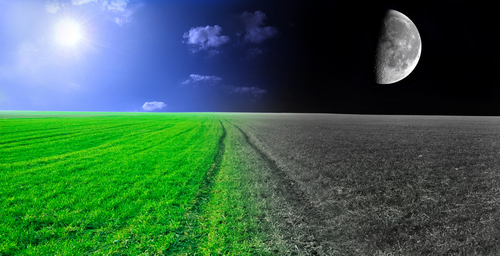Sometimes living somewhere can be a real challenge - it may get hot and then cold, be wet and then dry, be covered in seawater and then uncovered, all in a single day!
The organisms living in the habitat have to be able to cope with these changes and many of them adapt to do so. This allows the organisms to survive.

Organisms have to cope with daily changes such as daylight and night.
Many organisms will take advantage of the light to hunt and feed, whereas other organisms may be more suited, or adapted to the night.
.jpg)
For example, owls are more active at night (they're said to be nocturnal) and have superb vision and hearing to allow them to easily catch their prey.

In the desert, the early morning and night can be very cold. During the day it can get extremely hot and dry.
How do organisms cope with these sorts of changes?
Many organisms, such as the kangaroo rat, will try to avoid the heat by living underground in burrows where it's a lot cooler.


The prickly cactus stores water in its stem. It also has really long roots to collect water. Pretty clever!

The seashore can be another very challenging environment to inhabit. This is because the tide goes in and out each day, which causes periods of wet and dryness, coolness and heat, darkness and sunshine.

This affects many of the organisms that live on the seashore, for example, the inhabitants of rock pools like limpets. Limpets can only move around to look for food when the tide is in. This is an example of an adaptation.
This activity explores different sorts of changes, and where they occur, and also looks at what sorts of adaptations organisms have developed in order to survive there.
Let's have a look!








